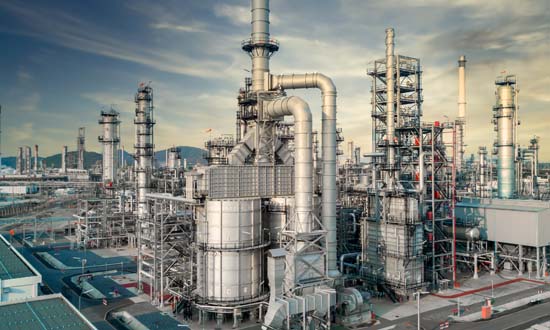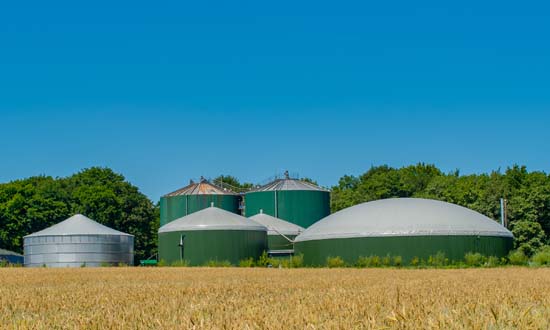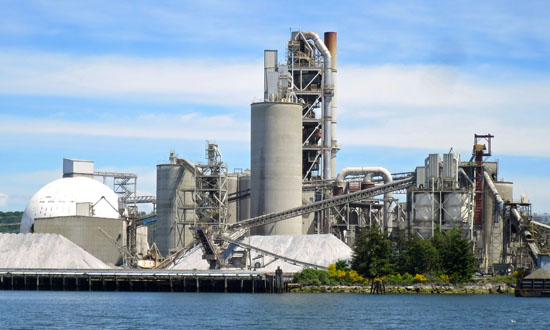
SPOCC Reactor
The Self-Powered CO2 Converter combines methane, CO2 and air at elevated temperature in an electrochemical reactor. Once at temperature, the reactions are self-sustaining.
Take a look to see how the technology works.
Sustainable Aviation Fuel
Anaerobic digesters convert organic matter into a mixture of methane and CO2. The SPOCC Reactor can be used as part of a route to produce sustainable aviation fuel. For an explanation.
Use Refinery Emissions
Oil refineries have a massive carbon footprint, partly through burning hydrocarbon fuels for heat, and partly as a byproduct from the chemical reactions themselves. We propose using the carbon dioxide as a raw material alongside oil and gas to make more sustainable use of available carbon resources.
Read how the SPOCC Reactor makes this possible.
Cement Decarbonisation
Cement production is responsible for at least 5% of global carbon dioxide emissions. Where a supply of natural gas is available, we propose capturing the CO2, adding natural gas and air, and making syngas at the site. This can be further processed to valuable chemicals.
Updating wasteful chemical processes
 Climate change matters, and outdated and wasteful chemical processes add significantly to global emissions. The processes have been refined over the years, but many were originally developed over a century ago when energy was cheap and emissions weren’t a consideration. More than a gigatonne of carbon dioxide a year can be saved by using a different approach: the SPOCC Reactor, and other fuel cell technologies. This website provides some information, but do contact Ken Omersa if you would like to know more; phone and email details are provided here.
Climate change matters, and outdated and wasteful chemical processes add significantly to global emissions. The processes have been refined over the years, but many were originally developed over a century ago when energy was cheap and emissions weren’t a consideration. More than a gigatonne of carbon dioxide a year can be saved by using a different approach: the SPOCC Reactor, and other fuel cell technologies. This website provides some information, but do contact Ken Omersa if you would like to know more; phone and email details are provided here.


